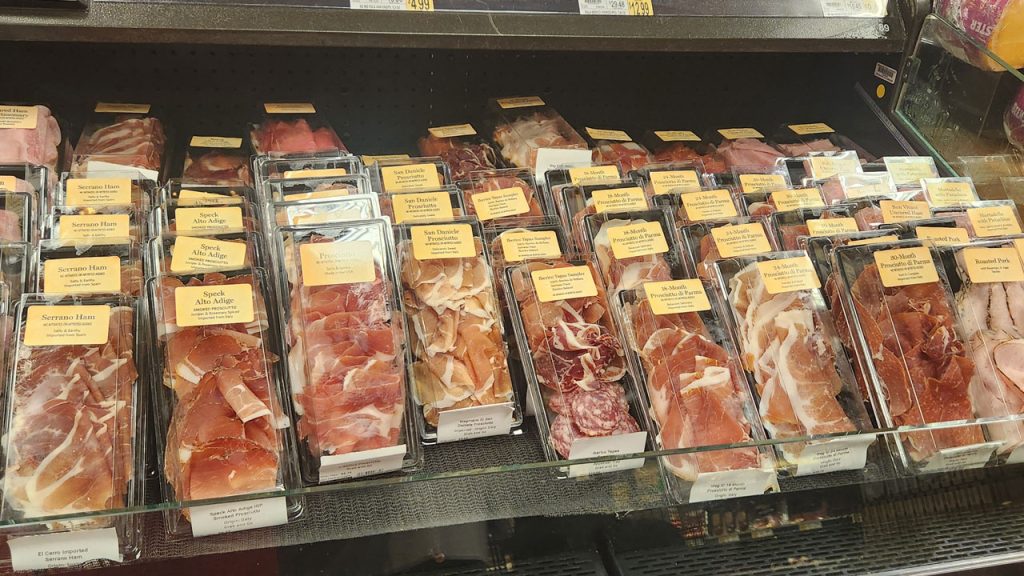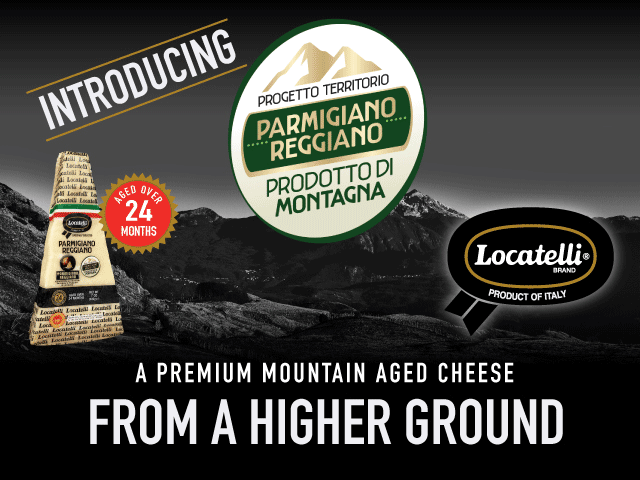All-Natural Meats Growing in Popularity
January 15, 2025 | 6 min to read
Health-conscious consumers are increasingly favoring all-natural deli meats, reflecting a shift towards cleaner options. According to Rick Dinsmore of Greenridge Naturals, the demand for clean-label products made with premium ingredients is rising as families prioritize healthier choices. Although the term “natural” lacks a formal definition from the FDA, it suggests the absence of artificial additives. Companies like Butterball and Greenridge promote deli meats free from preservatives and artificial flavors, appealing to modern consumer expectations.

Today’s discerning, health-conscious consumers consider all-natural deli meats.
All-natural meats are playing an increasingly prominent role in the deli meat category of foods in supermarkets as producers strive to serve consumers who are more sophisticated and conscientious about the purchases they make.
Rick Dinsmore, vice president of sales for Greenridge Naturals, based in Elk Grove Village, IL, says clean-label deli meats that are made with premium ingredients are seeing growing popularity as consumers seek healthier options for themselves and their families.
“Consumers are more health-conscious than in years past, and that’s showing in the rise of organic and sustainable-focused brands,” says Dinsmore.
“All-natural” is one of a variety of labels or terms that can be applied to deli meats and other food products. The term carries positive connotations for consumers even if they are not aware of how all-natural is defined or how it might differ from other deli meat on the shelves.
EXPLORING ALL-NATURAL
The Food and Drug Administration does not provide a formal definition for the term “natural,” but does note that it has a longstanding policy that it “has considered the term ‘natural’ to mean that nothing artificial or synthetic (including all color additives regardless of source) has been included in, or has been added to, a food that would not normally be expected to be in that food.” All-natural refers specifically to how the meat was processed — not to how the animal that was the source of the meat was raised.
Different providers might offer differing versions of all-natural. Providers also might instead focus their promotion on healthy, “natural” components of their products that would catch a consumer’s eye. Butterball, for instance, notes that its premium deli meats are “naturally roasted” and include no added nitrites, nitrates, hormones or steroids.
At Greenridge, Dinsmore says, the company does not add nitrates, nitrites, phosphates, artificial flavors or colors to its Naturals line of deli meats.

“This means no preservatives or additional flavorings that are often added to prolong the life of the product,” says Dinsmore. “Our deli meats are made fresh weekly, with a selection of core items naturally hardwood smoked (no liquid smoke). Additionally, all of our deli meats are free from MSG, soy, gluten and dairy. We prioritize high-quality, clean-label deli meats as consumers look for healthier alternatives at the deli.”
All-natural deli meats, of course, can encompass a wide range of flavors. At Greenridge, Dinsmore says the company’s top-selling all-natural deli meats include Five Pepper Turkey, Tavern Smoked Ham and Buffalo Style Chicken Breast.
“In addition to health trends, customers seek unique flavor profiles and cooking methods to attract customers to the deli — think hot honey, chipotle lime or queso and chile, and slow-roasting and hardwood smoking meats,” says Dinsmore.
Rebecca Welch, director of retail and international brand management for Butterball, based in Garner, NC, says the draw of deli meats being all-natural is an influential one, but she notes that it remains only one of several key attributes that shoppers prioritize when deciding on their purchases, according to a Butterball/Ipsos AAU study from 2021.
“There are a number of factors that consumers look for when they shop the deli category, including freshness, convenience, affordability relative to packaged lunch meat and being all-natural,” says Welch. “So, while it is important, there are also other factors that drive consumer decisions when buying deli meat.”
TRANSPARENCY IN BRANDING AND PACKAGING
Consumers who are more focused on eating with an eye on the health benefits and drawbacks of their food are also more cognizant of the details of the ingredients and processes that go into producing the foods that they eat. They are more likely to study packaging closely and to do research into products.
“As consumers become more health conscious, they are increasingly demanding transparency from brands, from sourcing to processing to ingredients — they want to know exactly where their food comes from,” says Claire Flannery, director of communications for Greenridge. “Many customers now gravitate toward all-natural options, associating them with better nutritional benefits, and actively seek products free from preservatives, artificial ingredients and added hormones.”
Lower sodium options are also in high demand, as standard deli meats often have high sodium levels.
With consumers’ heightened interest in how their deli meats are made or what they are made of, producers have the opportunity to emphasize those elements when marketing and merchandising their products. If shoppers are hungry for details about how healthy products are, then those manufacturers who can emphasize those details and put them front-and-center will have a better chance of connecting with consumers.
“Today’s consumer is more discerning than ever,” says Flannery. “Many Millennial parents have fond memories of eating sandwiches as kids, but unlike the previous generation, they are paying closer attention to what’s in the product. This shift presents an opportunity for brands to educate and highlight how their all-natural deli meats align with consumers’ values.
Welch says Butterball is in the midst of a full brand packaging redesign for all of its products — including deli items — that fits with the increased emphasis on transparency and will roll out in 2025.
“The redesign will focus on findings from consumer research that indicates consumers (prefer) product visibility, easy-to-read labels and an enhanced brand experience,” says Welch. “Areas that we will focus on to achieve this in the deli category specifically are easy-to-read label and claim information and adding a QR code to enable consumers to quickly access recipes, nutritional information, storage instructions and additional product varieties on our website.”
Welch says packaging plays a crucial role in selling deli meats because of how consumers shop.
“We know over 70% of buying decisions are made in the store, and up to one-third of those product decisions are based on packaging and first impressions,” says Welch. “We also know 66% of consumers say they have tried a new product because of the packaging. One of the goals of this redesign is to establish a cohesive master brand look for Butterball that stands across the different areas where Butterball is distributed, including the deli.”
CONVENIENCE IS KEY
Welch notes that the biggest driver for deli meats today is convenience and the more widespread availability of choices that align with that priority.
“Over the past few years, the largest growth in deli has come from the increased presence of convenient options,” says Welch. “Specifically, consumers have gravitated to ‘grab-and-go’ deli offerings that allow them to purchase high-quality deli meats without waiting to have it sliced. Volume sales of these grab-and-go turkey items are up 4% in the last 52 weeks, and over the last four years, the volume is up nearly 24%.”
Within the all-natural deli meats category, Dinsmore says pre-sliced meat is enjoying a rise in popularity. Most prominently, pre-sliced deli meat can be convenient and cost-efficient for consumers
“Pre-sliced and grab-and-go formats meet the demand for convenience,” says Dinsmore. “Shoppers want to spend less time in the grocery store and are reaching for pre-sliced and portion-controlled formats.”
In addition, pre-sliced meats offer advantages for manufacturers in the production process. For instance, Greenridge is taking steps to become more efficient and effective in this area. “We are expanding our facilities to include pre-slicing capabilities going into 2025,” says Dinsmore.
“As labor costs increase across the country, we are witnessing a rise in pre-sliced deli meats,” says Dinsmore. “Integrating slicing technology into manufacturing has allowed companies to minimize labor costs across production.”
31 of 82 article in DeliBusiness Winter 2024-2025

